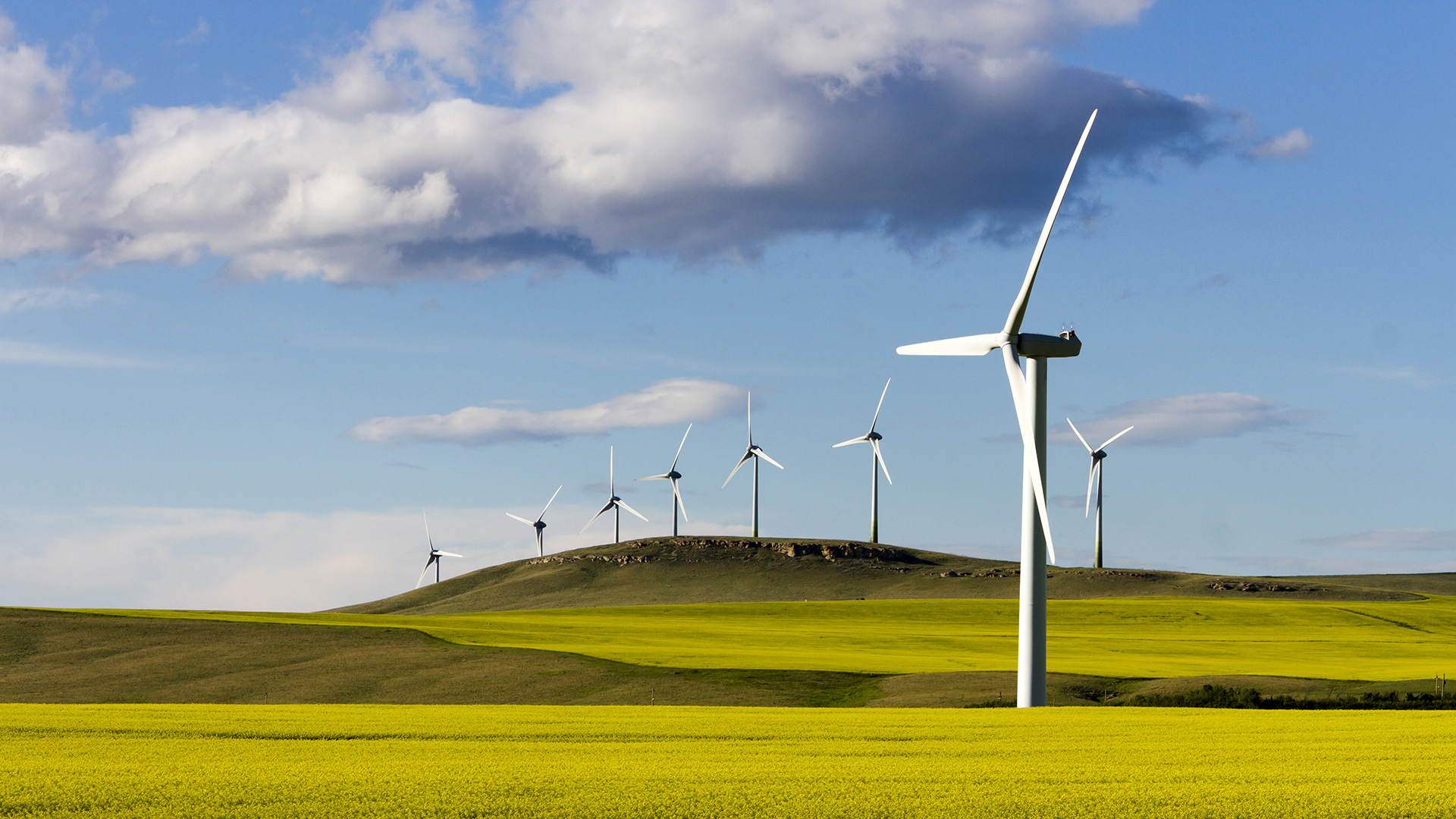
Publication
Climate change litigation update
In the two years since our last climate litigation update, the prevalence and variety of global climate litigation around the world has continued to increase.


Author:
Canada | Publication | March 25, 2021
Earlier this month the Government of Canada published the draft Greenhouse Gas Offset Credit System Regulations (Regulations) under the Greenhouse Gas Pollution Pricing Act (GGPPA). With the Regulations the government intends to establish a federal emission offset credit system, allowing eligible projects to generate offset credits through voluntary emissions reductions. The government hopes the federal offset credit system will incentivize GHG reduction projects in a number of industries. The Regulations are open for comment until May 5, 2021, with comments directed to ec.creditscompensatoires-offsets.ec@canada.ca.
Further reading
In 2018 the Government of Canada enacted the GGPPA, which establishes a federal greenhouse gas (GHG) pollution pricing scheme comprised of two parts: (i) a charge on fossil fuels paid by producers, distributors and other prescribed users of fossil fuels; and (ii) an output-based pricing system (OBPS) for industrial facilities emitting greater than 50 kt of GHG annually. For more information see: Canada unveils backstop carbon pricing details.
While the federal pricing scheme is to act as a “backstop” and only apply in provinces or territories without equivalent carbon pricing or industrial emissions regulations, the enactment of the GGPPA has been contentious, with several provinces challenging the constitutionality of the legislation – see constitutional status of the GGPPA. The Supreme Court of Canada intends to render its decision on these challenges in late March.
Despite the legal challenges, the federal government has drafted the Regulations in an effort to incentivize offset credit generation. Offset credits are an integral part of the OBPS envisioned in the GGPPA. The OBPS requires that certain industrial emitters meet emission targets specified in the GGPPA for their particular industry. If emissions are below the target, the facility receives performance credits that can be banked or sold. If emissions are above the target, the facility must offset those emissions through payment of an emissions charge ($40/tonne in 2021) or the use of compliance units. It is envisioned that the federal emission offset credits generated under the Regulations will be used as compliance units under the OBPS and some equivalent provincial systems.
Eligibility
To be an eligible project, a project’s activities cannot be mandated by law (i.e., they must be voluntary) or subject to another mechanism that places a price on carbon pollution (e.g., a carbon tax) and must be in addition to a “business-as-usual” baseline scenario for the applicable industry. In addition, the project must be able to demonstrate real, additional, quantified, verified, unique and permanent GHG reductions.
Other eligibility criteria include:
Registration
An emission offset project must be registered with the Minister of the Environment and Climate Change before it can generate emission offset credits recognized under the Regulations. An application for approval includes:
Interestingly, the Regulations also stipulate when the minister may cancel a registration, including when regulatory requirements are no longer met or a release of GHG occurs and causes the project to become a net emitter.
Offset Protocols
The minister intends to establish offset protocols for types of projects for quantifying GHG reduction, providing guidance on project implementation, baselines, monitoring and data management. The first federal offset protocols being developed under the Regulations target advanced refrigeration systems, improved forest and landfill methane management and activities enhancing soil carbon. Further federal protocols will be drafted according to principles set out in a federal discussion paper. Importantly, the government indicates that specific provincial offset protocols may be adopted for use under the Regulations outside of jurisdictions with a comparable provincial offset protocol.
Crediting Periods
The Regulations contemplate initial crediting periods that vary in length depending on project type, including: 30 years for a forestry-based project, 20 years for other biological sequestration projects and eight years for all other projects. Upon application, these crediting periods can be renewed, with a maximum total crediting period of 100 years for biological sequestration projects and two subsequent renewals for all other projects.
Emission offset credits are to be received semi-annually, depending on the type of project, and are tied to the submission of a project report. The project report must include raw data, calculations and verification of the quantity of GHG emissions either reduced or removed by the project, as well as potentially emitted/lost from the project (reversal). The information in the project report must be verified by an independent, accredited third-party verifier.
A project report detailing the first 12 months of the project’s operation is required within 18 months of the start date. Thereafter, a project proponent must submit a project report up to every six years for a biological sequestration project and up to every three years for any other project. Once a project report is submitted and vetted, emission offset credits will be issued.
The Value of Emission Offset Credits
Currently, the emissions charge for excess emissions under the OBPS is $40/tonne and is set to rise by $10/tonne next year. Furthermore, the federal government has announced plans to escalate the rate of increase in emissions charges by 50% to $15/tonne/year, resulting in an excess emissions charge of $170/tonne by 2030. The excess emissions charge will set the benchmark for emission offset credit prices, as the charge must cover 25% of compliance obligations after February 16, 2023 (section 56 of the OBPS). The expectation is that the price of emission offset credits will be less than the excess emissions charge, but will shadow the year-over-year increases in price closely.
Reversals and the Environmental Integrity Account
The Regulations introduce two unique concepts in emissions crediting: “reversal” and the establishment of an Environmental Integrity Account.
Reversal is the release of GHG from sequestration, and may be voluntary or involuntary. Any reversal results in the cancellation of emission offset credits, with the type of reversal dictating the source of the cancelled credits. When reversal is voluntary, the responsible project proponent must supply emission offset credits for cancellation. Involuntary reversal involves taking credits from the Environmental Integrity Account for cancellation.
The Environmental Integrity Account receives at least 3% of every project’s emission offset credits. Risk factors associated with a project (e.g., risk of insolvency) dictate how many credits that project must donate to the account above the 3% baseline. The account is meant to function as insurance in the event of reversal, or to provide replacement credits when a project proponent fails to provide them.
The authors wish to thank articling student Kyle Havart-Crans for his help in preparing this legal update.

Publication
In the two years since our last climate litigation update, the prevalence and variety of global climate litigation around the world has continued to increase.
Subscribe and stay up to date with the latest legal news, information and events . . .
© Norton Rose Fulbright LLP 2025